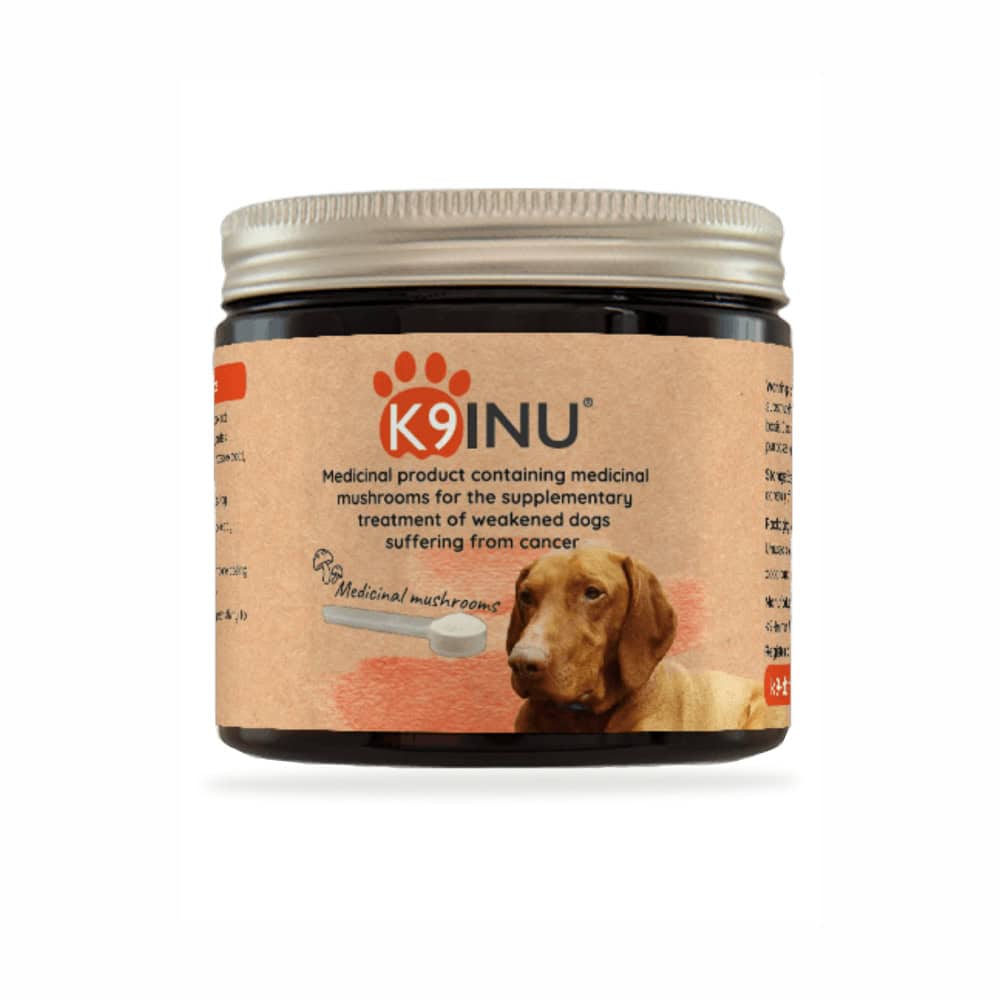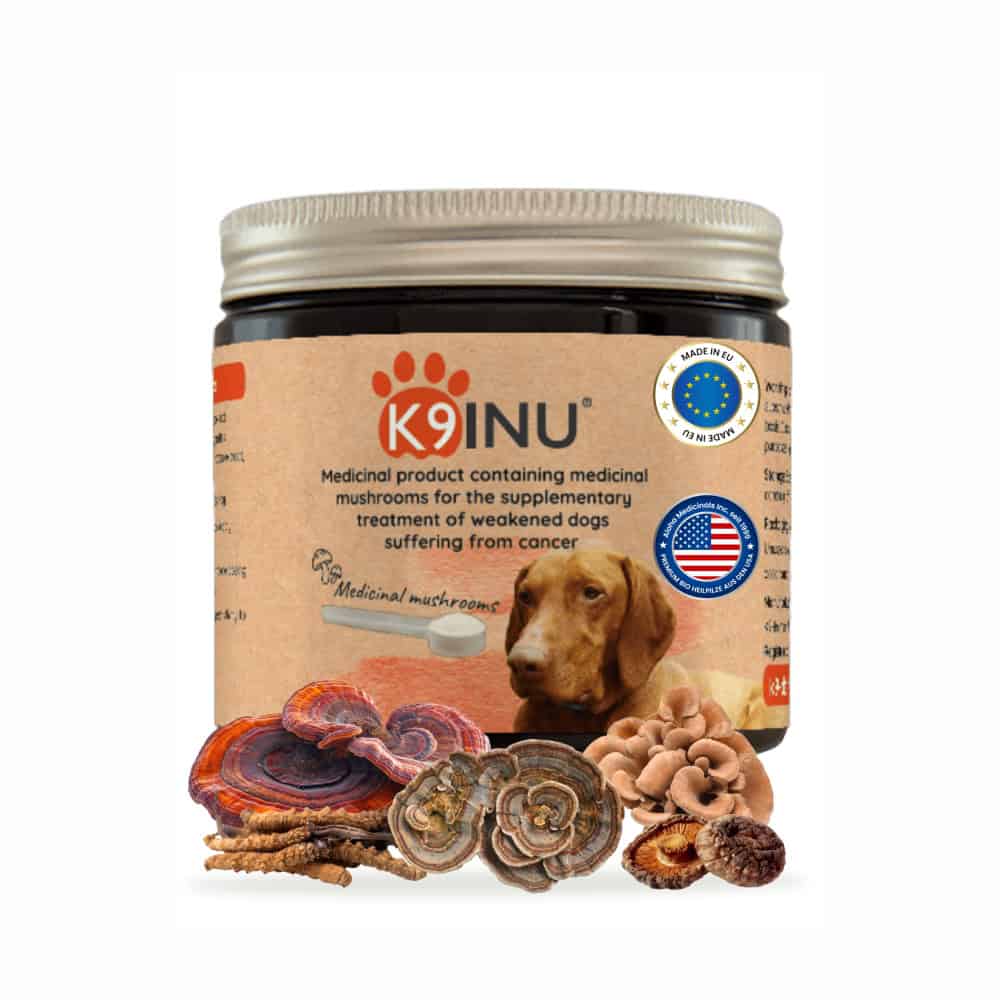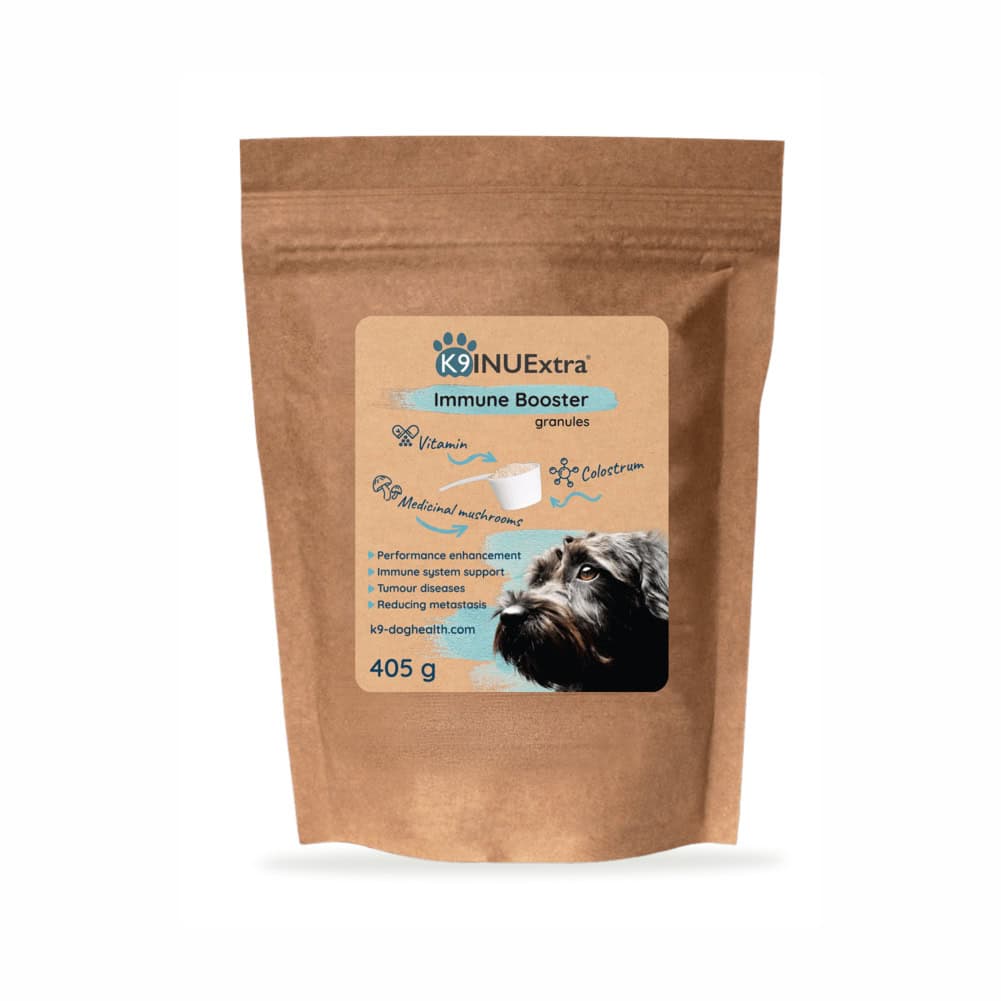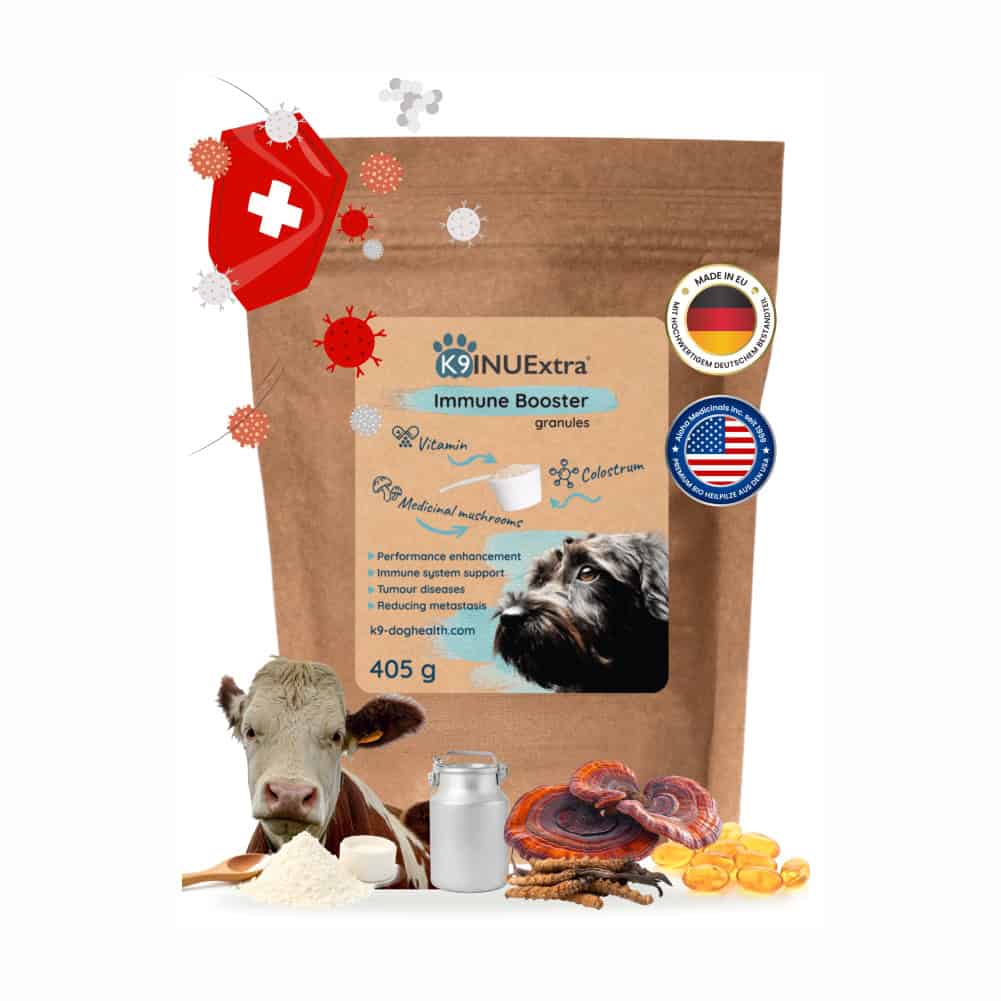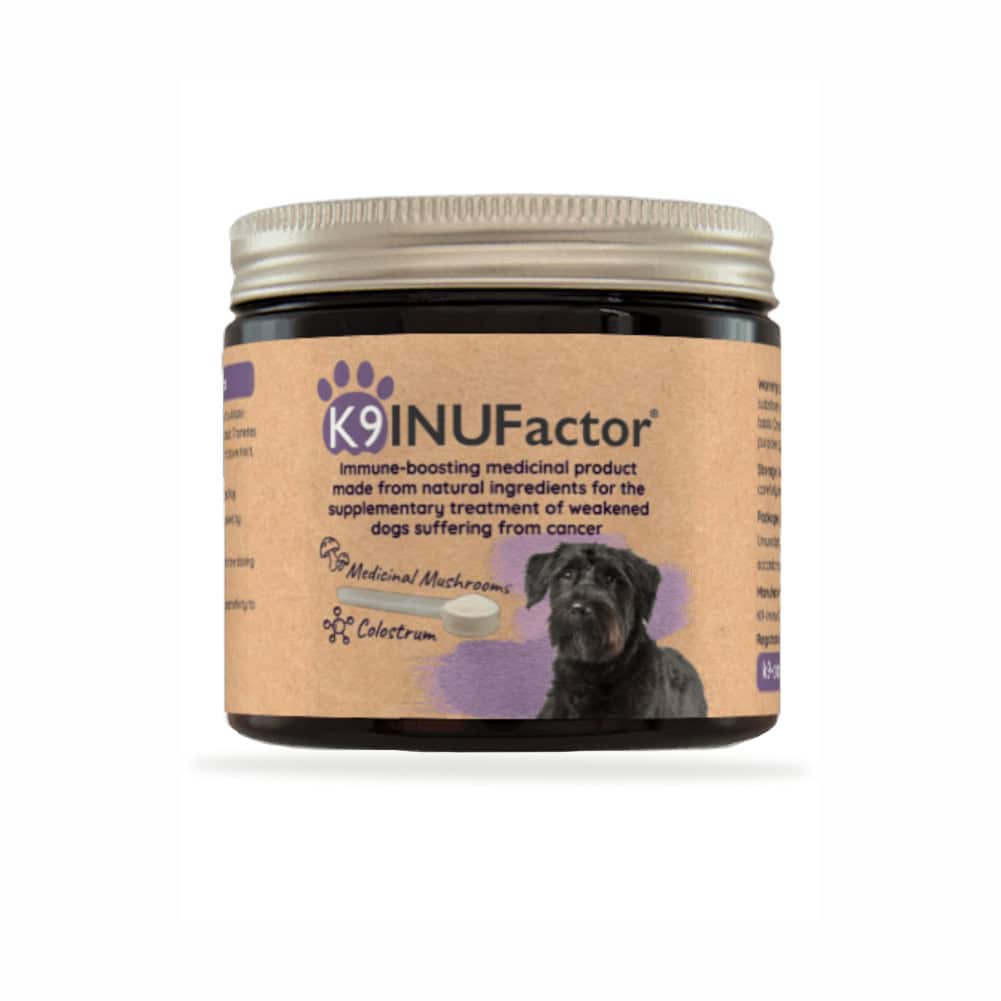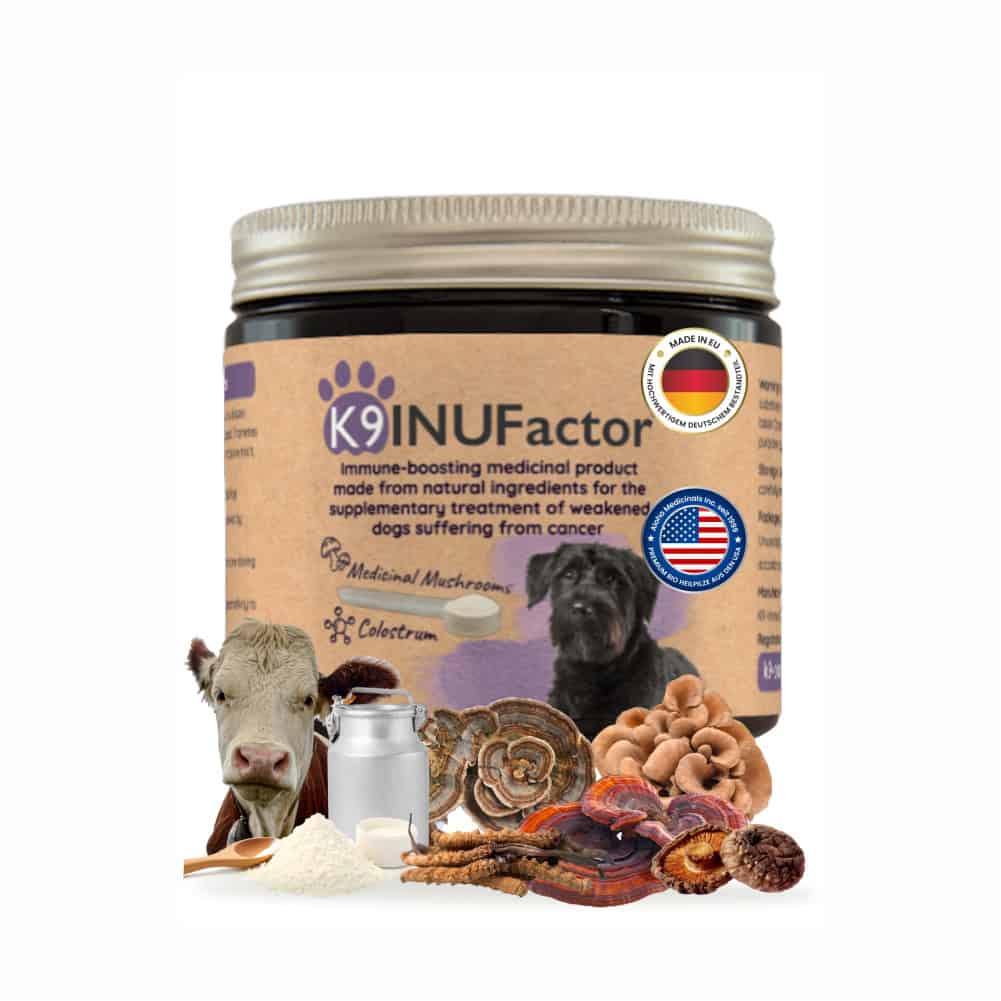Symptoms of dog cancer – 10 early warning signs
Symptoms of dog cancer are unfortunately becoming increasingly common in our pets. They are very similar to those in humans, with the difference that our dogs cannot tell us what they feel, where it hurts, or what has changed.
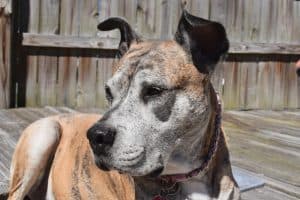
The symptoms of dog cancer are highly varied – as many tumor types, as many symptoms. What makes detection even more difficult is that our pets cannot explain their feelings, and their high pain threshold does not “help” us either.
This is why regular veterinary check-ups and close observation of your dog are so important. If anything changes in their usual habits – sudden weight loss, weight gain, etc. – look into it, don’t neglect it!
Dog cancer – risk factors
The development of cancer can be influenced by genetic predisposition, environmental hazards (e.g., air pollution, chemicals), improper diet, and a sedentary lifestyle. Chronic stress, obesity, and a weakened immune system also increase the risk. While every dog may be vulnerable, knowing these risk factors helps us do more for prevention.
Some symptoms of dog cancer may be obvious (such as visible lumps on the body), but others are not nearly as clear.
Symptoms of dog cancer
Below are 10 symptoms that may indicate cancer, though they can also be signs of other illnesses.
Balance problems
One of the symptoms of dog cancer can be balance problems: if your dog starts walking unsteadily, their limbs weaken, or they collapse, take them to the vet immediately! Temporary loss of consciousness is also possible, from which they may wake as if nothing happened. If they avoid putting weight on a leg, or start limping without known injury or foreign object, this too can indicate cancer.
Urination, diarrhea, or defecation problems
If your dog suddenly needs to go out more often than usual, or suddenly struggles to urinate or defecate, see your vet. The same applies if they strain but cannot eliminate properly. If blood is present in urine or stool, contact your veterinarian immediately.
Skin changes
As dogs age, warts can appear on different parts of the body, such as the eyelids or face. Sebaceous glands may also enlarge. These do not necessarily mean cancer, but always consult your vet for the proper treatment!
However, various lumps – hard or soft, sometimes movable under the skin – may be cysts or benign growths, but they are also among the common symptoms of dog cancer. Painful or itchy protrusions, or wounds that do not heal despite local treatment or antibiotics, may indicate serious disease. Always show such cases to a specialist!
Nosebleeds
Nosebleeds can be caused by a sting, a foxtail, or a nasal tumor. In every case, see a vet! If it’s a foxtail, it may travel to the lungs; if it’s a sting, pain relief is needed; if it’s a tumor, thorough testing is required. Even if you don’t see blood, but your dog keeps pawing at their nose or sneezes heavily, visit your vet.
Unusual discharge
Odd-smelling or abnormal nasal or eye discharge is also listed among the possible symptoms of dog cancer, and should never be ignored. Besides fungal infections, it may indicate facial or eye tumors. Discharge from the genital or anal area can also be a sign of cancer.
Weight gain

Weight loss
Cancer cells multiply and grow very quickly, requiring huge amounts of energy. They take this energy from the dog’s body. If your dog keeps losing weight despite normal feeding and exercise, cancer may be among the causes!
If your dog, once a hearty eater, suddenly refuses even the best treats, this too may be caused by a tumor in the digestive tract.
Seizures
Sudden seizures, twitching, or foaming at the mouth may indicate stroke or epilepsy, but can also be a symptom of cancer.
Mouth changes, bad breath
Bad breath, changes in gum color, or sudden bleeding teeth can also signal oral tumors. Regularly check your dog’s mouth and teeth! This way you can detect common problems like gum disease or tartar, but also catch early signs of serious illnesses such as cancer.
Mood changes, lethargy
Cancer cells consume much of the nutrients your dog ingests, draining their energy. As a result, your pet may become more tired or listless. If a previously playful dog suddenly loses interest in toys, doesn’t want to go for walks, or isolates themselves, be alert. If a friendly, cheerful dog suddenly becomes irritable or avoids contact, always have them examined!
Early detection is essential for successful treatment of tumors. As soon as you suspect something, take your dog to the vet, who can confirm the diagnosis through appropriate tests.
Degenerative tumor cells can grow very quickly. They draw energy from the body, weakening it and straining the immune system. A weakened immune system cannot function properly, leaving more room for disease and tumor growth.
Veterinary medicine offers a wide range of treatments (surgery, chemotherapy, radiation therapy). These are crucial to ease the burden on the body, but they do not address the root cause – why the immune system allowed tumor cells to proliferate.
This is why alternative therapies are gaining ground alongside conventional treatments. One of the most promising approaches today is immunomodulatory therapy.
Dog cancer prevention – What owners can do
- Provide a high-quality, grain-free diet.
- Schedule regular veterinary check-ups, especially for older dogs.
- Ensure daily exercise and mental stimulation to reduce stress.
- Avoid toxic substances and chemicals in the dog’s environment.
- Support resistance with immune-boosting supplements.
Prevention of cancer is not only about diet but also lifestyle. Avoid exposing your dog to passive smoke, as airway irritation over time increases cancer risk. Regular exercise helps maintain healthy weight and supports immune function. Spaying or neutering also provides protection against certain cancers, such as mammary tumors or prostate problems.
Symptoms of dog cancer – Immunomodulatory therapy
Immunomodulatory therapy has two parts:
- Reduce the tumor size with conventional treatments to ease the burden on the body (surgery, chemotherapy, radiation therapy).
- Activate the immune system so it recognizes tumor cells and responds effectively.
K9 INU® and K9 INUExtra® products contain six different natural immune-boosting medicinal mushrooms. Their main active compounds are heteropolysaccharides, proven in many studies for their immune-stimulating, tumor-inhibiting, and metastasis-preventing effects.
Symptoms of dog cancer – Proper nutrition
Cancer is one of the most common causes of death in dogs. Many experts believe this is mainly due to improper diet. Most foods are grain-based, although dogs in nature do not graze in wheat fields. Dogs lack the enzymes to digest and utilize grains – they are fundamentally carnivores!
When carnivores live on a grain-based diet, they do not receive (or cannot process) the right nutrients, which can easily cause immune dysfunctions, including cancer.
If poor diet is truly one of the main causes of cancer, then proper nutrition is indispensable for dogs with cancer. In fact, the right diet is one of the most important factors for successful cancer treatment! To truly support your dog in the fight against cancer, you must provide the right nutrients. Just because a dog food is expensive, widely recommended, or trendy does not mean it’s the best choice. For more information, read our article on feeding a dog with cancer.
Dog cancer prognosis
The type and stage of cancer greatly affect a dog’s survival chances. Some cancers are treatable, and with proper therapy, dogs may live for years longer. Others, unfortunately, spread aggressively. Early detection always improves the chances of recovery and quality of life.
It is important to emphasize that the goal of treatment is not always a complete cure, but often improving the dog’s quality of life and reducing pain. In such cases, palliative care and hospice-style support become vital, offering a dignified and loving environment for the sick dog. The owner’s role is not only to follow medical advice but also to provide continuous care and presence, which gives comfort to the pet.
Learn more about dog cancers
The symptoms of canine cancer can be frightening, but early detection always offers hope. Watch your dog’s behavior, schedule regular check-ups, and seek veterinary help in time! Proper nutrition, immune support, and loving care together can help your dog live a longer, healthier, and happier life.
References:
- Dobson, J. M. (2013). Breed-predispositions to cancer in pedigree dogs. ISRN Veterinary Science, 2013, 941275.
- Paoloni, M., & Khanna, C. (2008). Comparative oncology today: from tumour biology to cancer therapy. Veterinary and Comparative Oncology, 6(1), 1–7.
- Takashima-Uebelhoer, B. B., Barber, L. G., Zagarins, S. E., Procter-Gray, E., Gollenberg, A. L., Moore, A. S., & Bertone-Johnson, E. R. (2012). Household chemical exposures and the risk of canine malignant lymphoma, a model for human non-Hodgkin’s lymphoma. Environmental Research, 112, 171–176.
- Kiupel, M., Teske, E., & Bostock, D. (1999). Prognostic factors for treated canine malignant lymphoma. Veterinary Pathology, 36(4), 292–300.
- Wasser, S. P. (2002). Medicinal mushrooms as a source of antitumor and immunomodulating polysaccharides. Applied Microbiology and Biotechnology, 60(3), 258–274.
